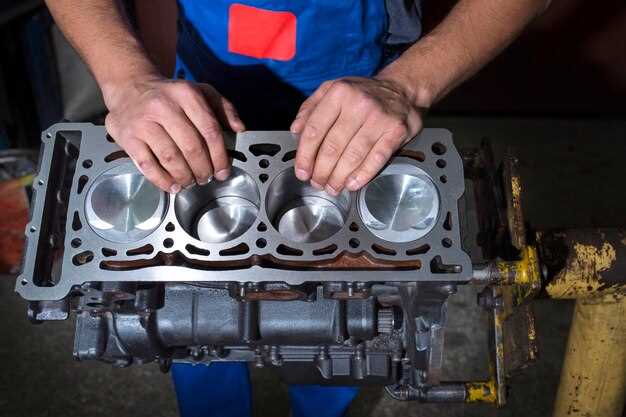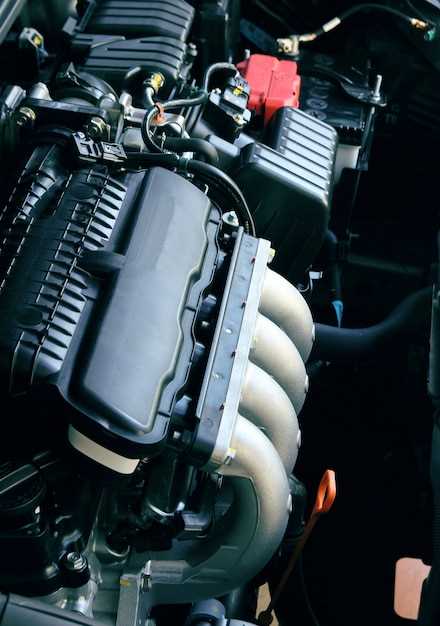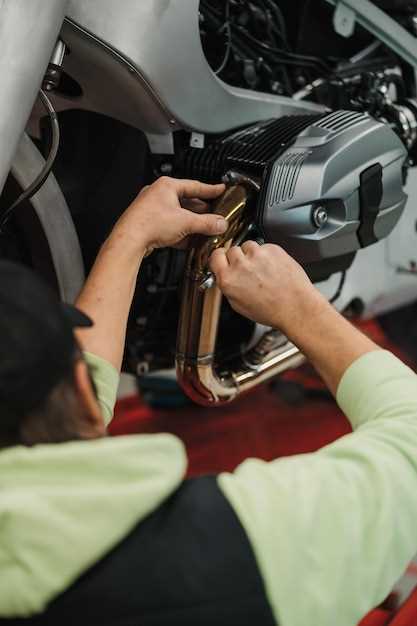
Tuning a vintage engine can significantly enhance its performance and reliability. Carbureted engines, commonly found in classic cars and motorcycles, require specific adjustments to ensure they run smoothly and efficiently. Unlike modern fuel-injected systems, these engines rely on a carburetor to mix air and fuel, making proper tuning essential for optimal operation.
The art of tuning involves fine-tuning various components such as the carburetor, ignition timing, and airflow. By understanding how these elements interact, enthusiasts can create a more reliable engine that not only performs better but also prolongs the life of vintage vehicles. With detailed knowledge and careful adjustments, it’s possible to unlock the hidden potential of these classic machines.
Reliability in carbureted engines often hinges on the precision of the tuning process. Regular maintenance and adjustments can help prevent common issues such as fuel starvation or flooding. As we delve deeper into the tuning techniques for these vintage engines, we’ll explore practical tips that can make a substantial difference in their reliability and performance.
Optimizing Air-Fuel Mixture for Vintage Performance

When tuning carbureted engines, achieving the perfect air-fuel mixture is crucial for enhancing performance and ensuring reliability, especially in vintage vehicles. Unlike modern fuel injection systems, carburetors require precise adjustments to function efficiently under variable conditions. A well-optimized air-fuel mixture not only improves horsepower and torque but also enhances fuel efficiency and reduces emissions.
One of the first steps in the tuning process is to determine the ideal air-fuel ratio (AFR) for the specific vintage engine. Most classic engines perform best with an AFR of around 12.5:1 to 13.0:1 under full throttle conditions. It’s essential to monitor the mixture not just at idle but throughout different RPM ranges to ensure the carb is providing the appropriate amount of fuel for optimal combustion.
Calibration of the carburetor jets is a critical aspect of the tuning process. Use wider jets for an enriched mixture if power gains are needed or smaller jets for leaner mixtures to improve fuel efficiency. Additionally, adjusting the float level can influence the overall air-fuel mixture, as it dictates the amount of fuel available for combustion. Regular tuning and periodic adjustments are necessary as engine components age or as operating conditions change.
Another factor to consider is the type of fuel used. Vintage engines can often benefit from higher-octane fuels, which provide better combustion characteristics. However, the carburetor may require re-calibrating to accommodate the changes in fuel dynamics. Upgrading components like the needle and seat, or adding performance manifolds, can further enhance airflow, contributing to a more effective air-fuel mixture.
Finally, ensuring the carburetor is clean and free from clogging is essential for maintaining an optimized air-fuel mixture. Regular maintenance, including cleaning and tuning, will keep vintage engines running smoothly and performing at their best. By focusing on these key tuning elements, vintage car enthusiasts can achieve reliability and enhanced performance from their carbureted engines.
Maintenance Tips for Long-lasting Carburetor Function

Maintaining a carbureted engine, especially a vintage model, requires careful attention to detail to ensure reliable performance. Regular maintenance can significantly extend the life of your carburetor and overall engine efficiency.
1. Regular Cleaning
Keep the carburetor clean to prevent buildup and blockages. Use a high-quality carburetor cleaner and a soft brush to remove dirt and varnish. Disassemble the carb intermittently for thorough cleaning, especially if the engine has been sitting for an extended period.
2. Check Fuel Quality
Use fresh fuel with the appropriate octane rating for your vintage engine. Avoid storing fuel for long periods, as it can degrade and form deposits that clog the carb. Consider using fuel stabilizers if the engine will be idle for a while.
3. Inspect Gaskets and Seals
Regularly inspect gaskets and seals for wear and tear. Cracks or leaks can lead to air intake issues, affecting engine performance. Replace any damaged parts promptly to maintain optimal function.
4. Adjusting Float Level
Ensure that the carburetor float level is set correctly. An incorrect float level can lead to flooding or insufficient fuel delivery, adversely impacting the engine’s functioning. Consult the carburetor manual for specific float level specifications.
5. Examine Linkages and Throttle Response
Check the throttle linkage for wear and proper operation. Smooth throttle response is crucial for performance. Lubricate linkages as needed and ensure they are free from obstruction.
6. Monitor Engine Performance
Keep an ear out for any changes in engine performance, such as stalling or hesitation during acceleration. These symptoms may indicate carburetor issues that require prompt attention. Regular observation fosters early detection of potential problems.
7. Service Regularly
Establish a regular service schedule based on usage and environmental conditions. Consistent maintenance practices not only prevent unexpected failures but also promote the longevity of your vintage carbureted engine.
By following these maintenance tips, you can ensure that your carburetor functions reliably, allowing your vintage engine to run smoothly for many years to come.
Identifying and Fixing Common Carburetor Issues
Carburetors are crucial components in vintage engines, directly affecting performance and reliability. Understanding common carburetor issues can help ensure your engine operates smoothly.
One prevalent issue is flooding, which occurs when excessive fuel enters the carb. This can lead to hard starting and poor engine performance. To fix flooding, inspect the float for damage or dirt that may cause it to stick. Adjust or replace the float as necessary and ensure the needle valve seals properly.
Another common problem is a clogged jet. Dirt and debris can obstruct fuel flow, resulting in sluggish acceleration or stalling. To resolve this, disassemble the carburetor and clean the jets thoroughly with carburetor cleaner. Ensure all passages are clear to promote optimal fuel delivery.
Secondly, a worn or damaged throttle shaft can cause vacuum leaks, leading to erratic idle and poor throttle response. Inspect the throttle shaft and bushings for wear. If necessary, replace them to restore proper functionality and enhance engine reliability.
Additionally, improper tuning can lead to lean or rich fuel mixtures. A lean condition may cause backfiring and overheating, while a rich mixture can result in black smoke and increased fuel consumption. Utilize the adjustment screws to fine-tune the air-fuel mixture and achieve the ideal balance for your vintage engine.
Lastly, ensuring all gaskets are intact is essential. Worn or damaged gaskets can lead to air leaks, affecting engine performance. Replace any faulty gaskets to maintain the integrity of the carburetor and promote better engine reliability.
